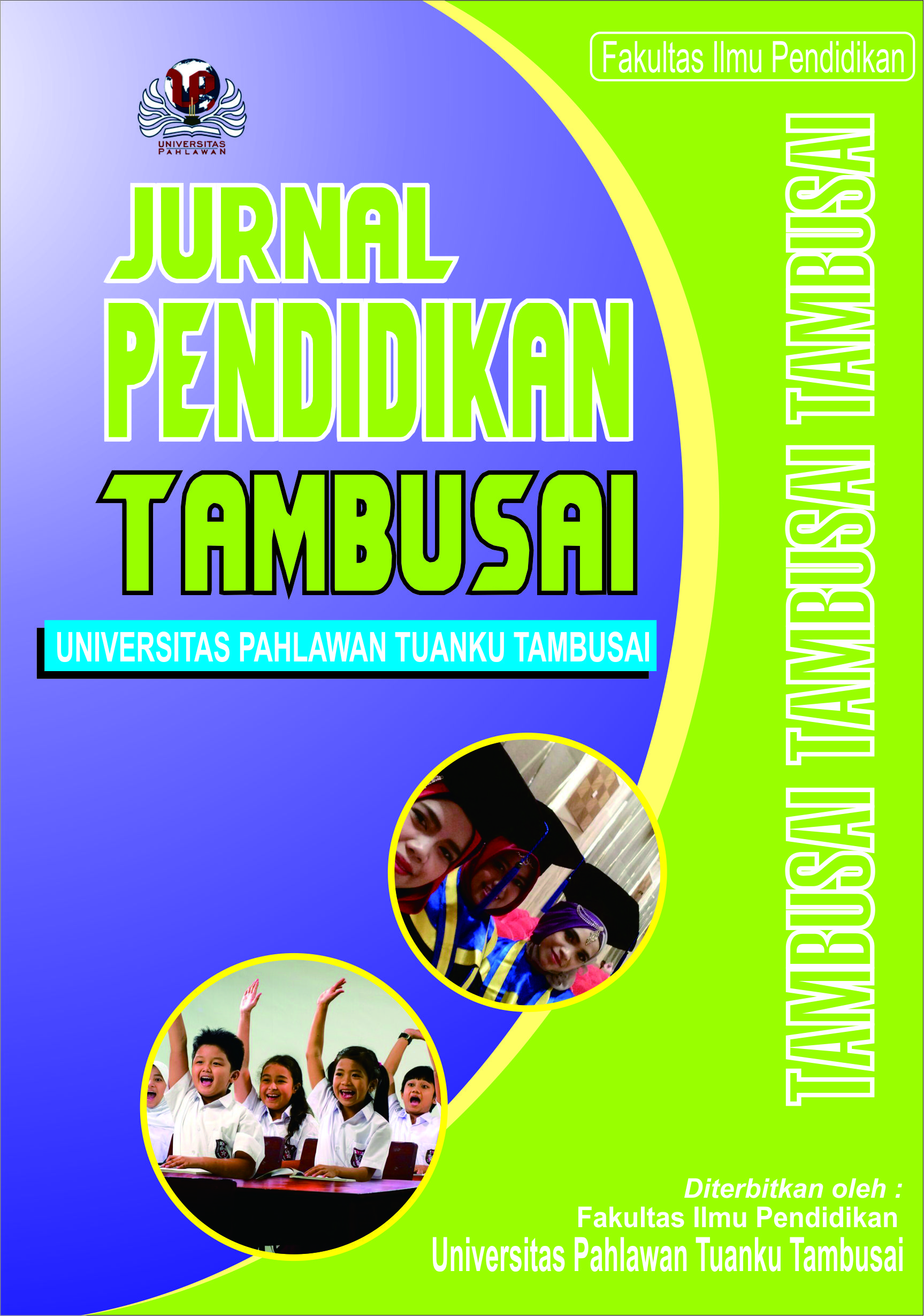Pengaruh Variasi Jumlah Pencelupan Kertas Selulosa Hidrofobik pada Larutan Komposit SiO2-Kitosan-Grafena Terhadap Mikrosturktur
Keywords:
SiO2, Kitosan, Grafena, HidrofobikAbstract
Air dan minyak merupakan salah satu sumber bagi kehidupan. Namun, ada beberapa faktor penyebab terjadinya limbah berminyak, satu satunya limbah rumah tangga. Permasalahan ini perlu ditangani salah satunya dengan menggunakan membran yang dilapisi larutan komposit, larutan komposit yang dapat digunakan yaitu SiO2-kitosan-grafena. Penelitian ini dilakukan dengan metode Dip-Coating (pencelupan). Proses pencelupan dilakukan dengan beberapa variasi jumlah pencelupan diantaranya 1 kali, 3 kali, 5 kali, dan 7 kali. Pengujian kertas selulosa komposit dilakukan dengan alat karakterisasi XRD, hal ini bertujuan untuk melihat ukuran kristal dan lebar puncak. Hasil 1 kali pencelupan SiO2= 41,49 nm, kitosan= 41,56 nm, grafena= 32,85 nm, variasi 3 kali perendaman SiO2=41,43 nm, kitosan= 45,72 nm, grafena= 32,87 nm, variasi 5 kali pencelupan SiO2= 31,06 nm, kitosan= 34,38 nm, grafena= 32,85 nm, variasi 7 kali pencelupan SiO2= 31,06 nm, kitosan= 34,34, grafena= 37,55 nm
References
X. Yang, Z. Wang, and L. Shao, “Construction of oil-unidirectional membrane for integrated oil collection with lossless transportation and oil-in-water emulsion purification,” J. Memb. Sci., vol. 549, pp. 67–74, Mar. 2018, doi: 10.1016/j.memsci.2017.11.071.
K. N. Fadhila and D. Kartika Maharani, “Preparasi dan Karakterisasi Komposit Kitosan-ZnO sebagai Agen Hidrofobik pada Kain Katun Preparation and Characterization of Chitosan-ZnO as Hydrophobic Agent in Cotton Fabric,” 2022.
T. Prayitno and S. Wahyuni, “Thin Film TiO2 nanorod-PDMS on Glass Substrate for Self-Cleaning Surface,” Indones. J. Chem. Sci., vol. 10, no. 2, pp. 118–128, 2021.
A. R. Putri and ) Munasir, “Review: Lapisan Superhidrofobik Berbasis Silika Sebagai Aplikasi Self-Cleaning 1),” J. Inov. Fis. Indones., vol. 12, pp. 66–81, 2023.
A. R. Saputra and D. Dahlan, “Elektrodeposisi Lapisan Kromium dicampur TiO2 untuk Aplikasi Lapisan Self Cleaning,” J. Fis. Unand, vol. 5, no. 4, pp. 345–350, 2016, doi: 10.25077/jfu.5.4.345-350.2016.
J. Heri and A. Syakur, “Studi Arus Bocor Permukaan Bahan Isolasi Resin Epoksi Silane Dengan Variasi Pengisi Pasir Silika (Dengan Polutan Pantai),” Transmisi, vol. 14, no. 1, pp. 20-37–37, 2012.
Y. Zhang, Z. Zhang, J. Yang, Y. Yue, and H. Zhang, “A review of recent advances in superhydrophobic surfaces and their applications in drag reduction and heat transfer,” Nanomaterials, vol. 12, no. 1, 2022, doi: 10.3390/nano12010044.
C. Wang et al., “Efficient oil-water separation by novel biodegradable all cellulose composite filter paper,” Green Energy Environ., vol. 8, no. 6, pp. 1673–1682, Dec. 2023, doi: 10.1016/j.gee.2022.03.013.
S. F. Soares, M. I. Rodrigues, T. Trindade, and A. L. Daniel-da-Silva, “Chitosan-silica hybrid nanosorbents for oil removal from water,” Colloids Surfaces A Physicochem. Eng. Asp., vol. 532, pp. 305–313, Nov. 2017, doi: 10.1016/j.colsurfa.2017.04.076.
D. Nanda, P. Varshney, M. Satapathy, S. S. Mohapatra, and A. Kumar, “Self-assembled monolayer of functionalized silica microparticles for self-cleaning applications,” Colloids Surfaces A Physicochem. Eng. Asp., vol. 529, pp. 231–238, 2017, doi: 10.1016/j.colsurfa.2017.06.007.
R. de S. Victor, A. M. da C. Santos, B. V. de Sousa, G. de A. Neves, L. N. de L. Santana, and R. R. Menezes, “A review on Chitosan’s uses as biomaterial: Tissue engineering, drug delivery systems and cancer treatment,” Materials, vol. 13, no. 21. MDPI AG, pp. 1–71, Nov. 01, 2020. doi: 10.3390/ma13214995.
A. Pousette et al., Metode Penelitian Kuantitatif, Kualitatif dan R&D, vol. 39, no. 1. 2014.
Y. Rafitasari, H. Suhendar, N. Imani, F. Luciana, H. Radean, and I. Santoso, “Sintesis Graphene Oxide Dan Reduced Graphene Oxide,” Universitas Negeri Jakarta, 2016, pp. SNF2016-MPS-95-SNF2016-MPS-98. doi: 10.21009/0305020218.
S. Nengsi and H. Sanjaya, “Pengaruh Variasi Monoethanolamine dan Jumlah Pelapisan terhadap Band Gap Lapis Tipis CuSnO3,” Asian J. Sci. Technol. Eng. Art, vol. 1, no. 2, pp. 305–313, Nov. 2023, doi: 10.58578/ajstea.v1i2.2047.
K. N. Wahyusi, M. Y. Setiajie, and M. Nofianto, “Pelapisan Kain Dryfit Dengan Tetraetilortosilikat Dryfit Fabrica Coating With Tetraetilortosilicate ( Teos ) and Nonacosanediols As Hydrophobic Material,” J. Tek. Kim. Univ. Pembang. Nas. ”Veteran” Jawa Timur, vol. Vol. 17, pp. 34–40, 2022.
Downloads
Published
How to Cite
Issue
Section
Citation Check
License
Copyright (c) 2024 Sonya Afrilla, Ratnawulan Ratnawulan, Riri Jonuarti, Fadila Ulfa Jhora

This work is licensed under a Creative Commons Attribution-ShareAlike 4.0 International License.
Authors who publish with this journal agree to the following terms:
- Authors retain copyright and grant the journal right of first publication with the work simultaneously licensed under a Creative Commons Attribution License that allows others to share the work with an acknowledgement of the work’s authorship and initial publication in this journal.
- Authors are able to enter into separate, additional contractual arrangements for the non-exclusive distribution of the journal’s published version of the work (e.g., post it to an institutional repository or publish it in a book), with an acknowledgement of its initial publication in this journal.
- Authors are permitted and encouraged to post their work online (e.g., in institutional repositories or on their website) prior to and during the submission process, as it can lead to productive exchanges, as well as earlier and greater citation of published work (See The Effect of Open Access).



